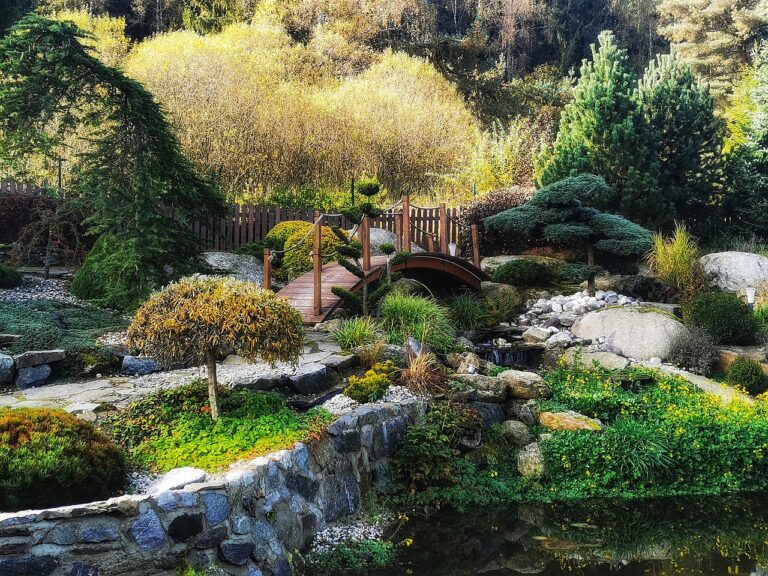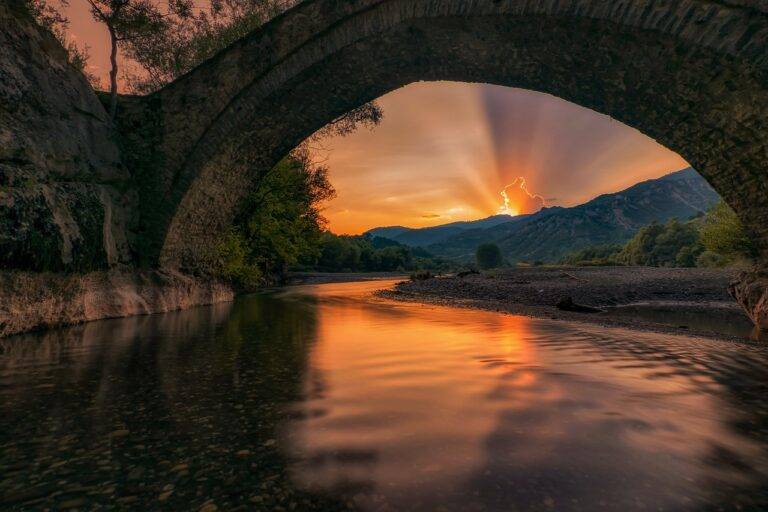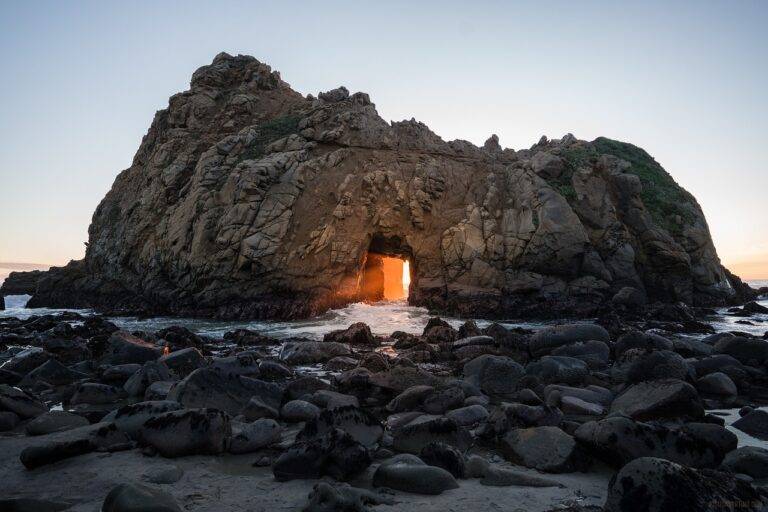Exploring Iconic Canyons and Cliffs: A Geological Journey
Carved over millions of years by the powerful forces of the Colorado River, the Grand Canyon stands as a masterpiece of geology. Spanning approximately 277 miles in length, up to 18 miles in width, and reaching depths of over a mile, this vast chasm is a sight to behold. Its intricate rock layers showcase a timeline of Earth’s history, each revealing a chapter of geological evolution.
Visitors are left in awe of the canyon’s immense scale and breathtaking beauty, as the sunlight dances across its colorful walls, creating a mesmerizing display of shadows and hues. Over centuries, the relentless erosion of the river has sculpted this natural wonder, leaving behind a mesmerizing panorama that continues to captivate all who gaze upon it. The Grand Canyon is not merely a destination; it is a testament to the Earth’s enduring geological processes.
Header 2: The Formation of the Grand Canyon
Carved out over millions of years, the Grand Canyon is a stunning testament to the power of natural erosion. The rock layers that make up the canyon reveal a story of environmental changes and geological processes that have shaped the landscape we see today.
The process of the Grand Canyon’s formation began with the uplifting of the Colorado Plateau approximately 5-6 million years ago. As the plateau rose, the Colorado River started to carve its way through the layers of rock, gradually deepening and widening the canyon. Erosion, both from the river itself and from weathering elements, played a crucial role in sculpting the steep cliffs and intricate formations that define this remarkable geological wonder.
How was the Grand Canyon formed?
The Grand Canyon was formed by the Colorado River cutting through layers of rock over millions of years.
What geological processes contributed to the formation of the Grand Canyon?
Erosion, uplift, and volcanic activity all played a role in the formation of the Grand Canyon.
How old is the Grand Canyon?
The Grand Canyon is estimated to be around 5-6 million years old.
Are there different theories about how the Grand Canyon was formed?
Yes, there are different theories proposed by geologists, but the most widely accepted explanation is that the Colorado River carved out the canyon over time.
What role did tectonic activity play in the formation of the Grand Canyon?
Tectonic activity, such as the uplift of the Colorado Plateau, contributed to the carving out of the Grand Canyon by the Colorado River.





